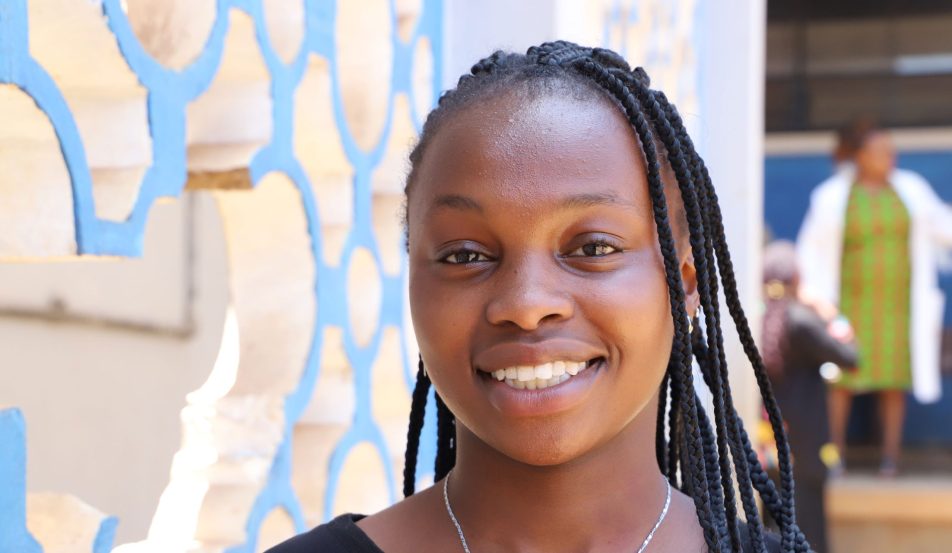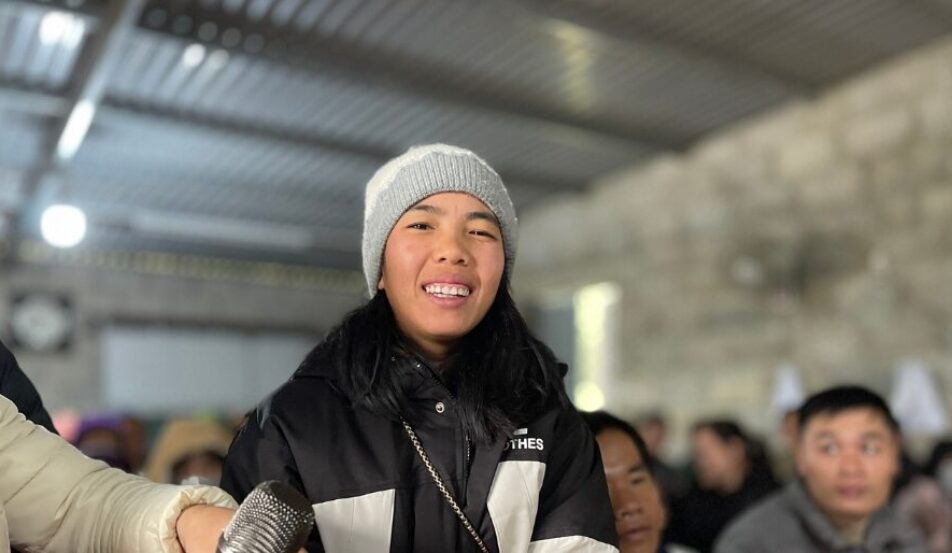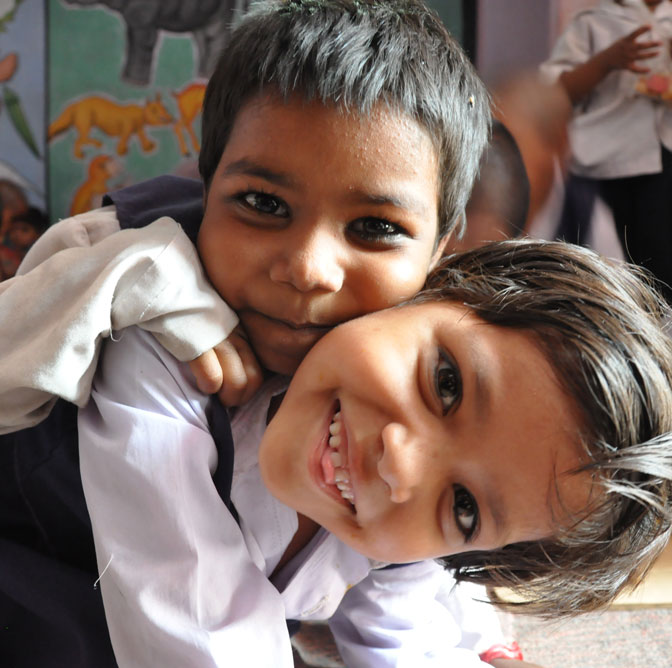How you can rectify childhood education inequality
Around the world, education inequality has created a stark divide between the haves and have-nots. Moreover, it has placed the educational system in developing nations, far behind those in the Western world. Research published by the United Nations Children’s Fund (UNICEF), states that an estimated 617 million children and adolescents worldwide are unable to reach minimum proficiency levels in reading and maths, even though two thirds of them are in school.
A study by UNESCO has highlighted the shortage of education funding in Africa in particular, with the continent housing nine of the ten countries with the highest percentage of children who’ve never attended school. These countries include Niger, Chad, Guinea, Sierra Leone, Sudan and Ethiopia. The 10 lowest-ranked countries in the United Nations’ Human Development Report Education Index are also African, highlighting the inequality in access to education for children in these countries.
What is education inequality?
Large gaps in development are evident from the moment most children living in poverty reach school age. Children from the poorest households are almost five times more likely to be out of primary school, than those from the richest. It is not just one phase of education that is affected by education inequality, with children living in poverty experiencing large gaps in educational opportunities across all levels of schooling – from early childhood through to early adulthood. The further along that these children get in their education, the wider the gaps become.
The effects of poverty on education
How did Africa become known as the worst continent for education inequality? Too little access and not enough learning has played a large role in making Africa’s education system the most unequal among developing nations.
A United Nations report offered several key findings that support the effects of poverty on education in Africa:
1. Funding strongly influences access
Subsidised schooling financed by both public resources and development assistance, has recently led to much higher primary school enrolment in Africa. However, this has not yet transitioned to providing free access to secondary and tertiary level education, perpetuating the deficits in these areas.
2. System failure to address gaps in geography and gender
The inability of national institutions in Africa to ensure equality across geographical and gender boundaries, has created another barrier for children to advance from primary education to secondary. African children who are disabled, are particularly disadvantaged.
3. Gaps continue to widen as students progress through the system
Without adequate support to reach the same level as their peers, children who enter the educational system at a disadvantage continue to fall behind. Only 30 – 50% of African secondary-school-aged children are attending school, while only 7 – 23% of tertiary-school-aged youth are enrolled.
4. Failing students continue the income inequality trend
While higher quality education improves the distribution of skilled workers, as it is now, only the elites benefit from quality education in Africa. While wealthy African leaders can send their children to study at the best universities abroad, those from poorer families who attended public schools were lucky to even gain a job in the public sector.
How to reverse the trend of education inequality
Reversing the trend of education inequality in Africa requires a commitment to children most impacted by income inequality. Universal access is one of the most effective ways to lessen inequality. Several studies reveal the importance of high-quality education and care in the year before full-time public schooling begins. Ensuring equal access to quality preschool programming regardless of socioeconomic status can bridge the gap, ensuring all children start their public education on equal footing.
Lastly, better training for African educators and access to ongoing professional development ensure world-class teaching for all students at all grade levels. An important part of preparing teachers for equity in the classroom is giving them the skills needed to address differentiated learning.
Even small steps can combat education inequality and the effects of poverty on education. Donating monthly through ChildFund Australia is one step that can be taken to help. Reach out today to ask us how you can change a child’s life.






